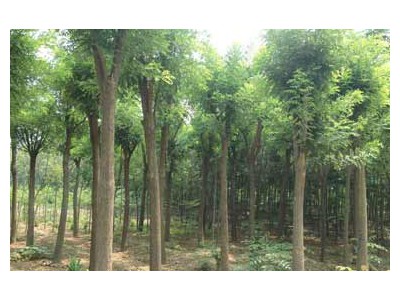Yellow Willow
Yellow willow is a shrub of the Willow family and the genus Salix, which can reach 2 meters in height. The bark is off-white and does not crack. Branchlets are yellow and shiny. Winter buds are oblong, red and yellow. The leaf blades are linear or linear-lanceolate, light green on the top, lighter on the bottom, petiole glabrous; stipules are lanceolate, with glandular teeth on the edge, and often fall early. The first leaves open, the inflorescence is oval to short cylindrical, the bracts are oblong, the apex is obtuse, the filaments are free, the anthers are yellow, and the oblong; the ovary is long ovoid, the capsule is glabrous, light brown yellow, and blooms in April , May result.
Yellow willow is a common plant on the sand dunes in eastern Inner Mongolia and western Liaoning. It is an excellent sand-fixing tree species and is propagated by cuttings.
Morphological characteristics:
Shrubs, 1-2 meters high. The bark is off-white and does not crack. Branchlets are yellow, glabrous and shiny. Winter buds are glabrous, oblong, red-yellow. The leaves are linear or linear-lanceolate, 2-8 cm long, 3-6 mm wide, short and acuminate at the apex, wedge-shaped at the base, with glandular serrations on the edge, light green on the top, lighter on the bottom, young leaves with short hairs, no back Hairy; petiole 2-3 mm long, glabrous; stipules are lanceolate, 3-6 mm long, with glandular teeth on the margin, often early fall.
The flower first leaves open, the inflorescence is oval to short cylindrical, 1.52.5 cm long, 7-8 mm thick, sessile; bracts are oblong, obtuse at the apex, dark in color, with long gray hairs on both sides; gland 1 , Abdomen, about 0.5 mm long; stamens 2, filaments free, glabrous, yellow anthers, oblong; ovary is long ovoid, very sparsely pilose, style is short, stigma is as long as style, but longer Coarse, 4-parted. The capsule is glabrous, light brownish yellow, about 4 mm long and 2 mm wide.
Flowering period: April;
Fruiting period: May.
Main value:
Yellow willow is a common plant on the sand dunes in eastern Inner Mongolia and western Liaoning. It is a sand-fixing tree species.
Reproduction method:
Collection and storage of seed strips: Seed strips should be 1-2 year old yellow or red-yellow flat stubble with vigorous vigor, strong and substantial. The picking time is generally at the end of autumn and early winter after the trees have fallen leaves or before the sap flows in early spring, that is, they are cut from the parent tree area during the dormant period of the tree. At this time, the branches contain more nutrients, the cutting survival rate is high, and the growth is vigorous. The collected seed strips will be stored in the kiln for winter storage. The seed strips should be stored in a cool, moist, and well-drained place. Dig a trench 80-100 cm deep. The width and length are determined by the number of seed strips. Bundle 50-100 seed strips into a bundle, put them flat in the ditch, fill with a layer of soil and bury them tightly, fill 10-15 cm of soil on each layer of seed strips, and put them in the second and third layers in turn The last layer is covered with soil 30-40 cm.














